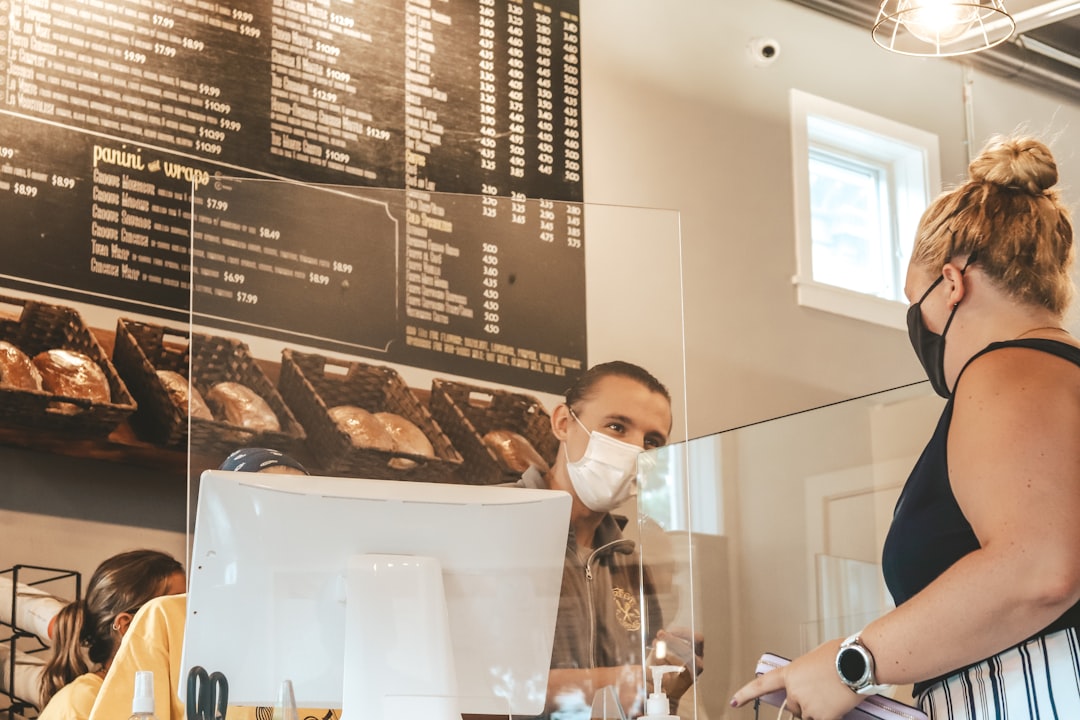Ever watched a restaurant customer leave with a smile despite a 30-minute wait? That's exceptional customer service in action. In today's competitive dining landscape, your food quality might get customers through the door, but it's your service that brings them back.
Customer service isn't just about being nice—it's a critical business function that directly impacts your bottom line. Consistent, high-quality service builds the trust and loyalty that transforms first-time visitors into regulars.

The stakes? High. A comprehensive study by UpMenu reveals that poor service experiences drive customers away faster than mediocre food. A single negative interaction can result in damaging reviews that influence hundreds of potential diners. When your reputation lives and dies by public opinion, every service interaction becomes a marketing moment.
Your front-of-house team represents your brand with every interaction. Effective training should cover:
Real-world example: Danny Meyer's Union Square Hospitality Group is famous for its "enlightened hospitality" approach, where staff training emphasizes emotional intelligence alongside technical skills. Their servers can often describe not just ingredients but the farms they came from—creating informed interactions that elevate the entire dining experience.
Nothing frustrates customers more than hearing "I need to ask my manager" for simple issues. When you empower servers to make decisions (like comping a dessert or offering a replacement dish), you:
Set clear guidelines about what staff can offer without approval, and watch resolution times shrink while satisfaction scores climb. For instance, Marriott hotels empower any employee—regardless of position—to spend up to $2,000 to resolve a guest issue on the spot. While restaurants may set lower thresholds, the principle remains powerful.
Personalization transforms transactions into relationships:
Small gestures like remembering a guest's favorite wine or seating preference create emotional connections that generic service can't match. One New York restaurant maintains a database noting everything from anniversary dates to preferred table locations, allowing them to surprise guests with personalized service that feels magical but is actually systematic.

The right technology enhances rather than replaces human service. Consider:
An all-in-one platform like Spindl can streamline these functions, eliminating the inefficiencies of fragmented systems that often lead to restaurants losing money through operational gaps. Unlike cobbled-together solutions that create communication silos, integrated platforms ensure that customer data flows seamlessly between front and back of house.
Customer feedback is gold—if you use it effectively:
When customers see their suggestions implemented, it strengthens their emotional investment in your success. One Seattle restaurant famously posts "You Spoke, We Listened" signs highlighting changes made based on guest feedback, creating a visible commitment to continuous improvement.
Even the best restaurants receive complaints. Your response system should include:
Remember: a well-handled complaint often creates stronger loyalty than if nothing went wrong in the first place. The recovery paradox is real—guests who experience a problem that's resolved extraordinarily well often become more loyal than those who never had an issue at all.
Formal loyalty programs provide structure to customer appreciation:
According to data from 5out.io, effective loyalty programs can increase customer retention by up to 30%. The most successful programs balance transactional rewards (free items) with experiential perks (special access, personalized service) to create emotional connections that transcend discounts alone.
Beyond the obvious advantages of customer retention and positive reviews, superior service delivers additional benefits:
Modern restaurant management platforms like Spindl integrate multiple functions (ordering, POS, loyalty, delivery) into one system, eliminating the communication gaps that lead to service failures.
This integration allows your team to:
The key is using technology to handle routine tasks while freeing your staff to focus on meaningful human interactions. As Restaurant365 notes, technology should enhance rather than replace the personal connections that define exceptional hospitality.
To truly understand your service quality, track these metrics:
These data points provide objective insight into subjective experiences, helping you identify both strengths and improvement opportunities. The most successful restaurant groups establish service benchmarks for each metric and review performance weekly, not just monthly or quarterly.
Exceptional service starts with leadership. When owners and managers consistently demonstrate customer-first values, staff naturally follow. This includes:
The restaurants with the strongest service reputations invariably have leadership teams obsessed with customer experience. As Deloitte's restaurant customer experience research shows, culture cascades from leadership actions far more effectively than from mission statements or training manuals.
Outstanding customer service isn't a happy accident—it's the result of intentional systems, ongoing training, and leadership commitment. By implementing these strategies, you'll create memorable experiences that keep tables full and profits growing.
Ready to take your restaurant's customer service to the next level? Start by evaluating your current technology infrastructure. Fragmented systems often create service gaps that frustrate both customers and staff. Consider how an integrated platform might streamline operations while enhancing the personal touches that define exceptional service.
Your customers are waiting. Will your service bring them back?
